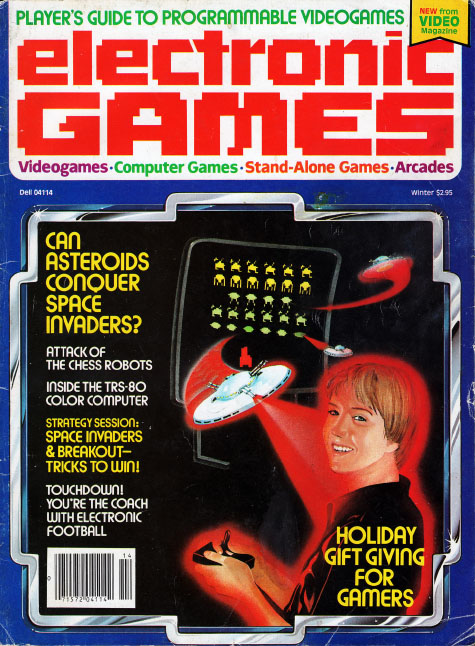
Before we begin:
I have mentioned in the past the existence of Matthew Green,
gaming journalist, owner and operator of the blog Press the
Buttons. I'm bringing him up again
because one thing he also has is Crohn's Disease, a digestive
disorder where food isn't absorbed by the body properly and can
lead to organ damage. He's been in the hospital more than once,
and his most recent bout with Crohn's was a nasty one. He had to
have a piece of small intestine removed that was too far gone to
save, and he's still recovering. Matt has linked to my site many
times when the attraction is game-related, and it's time for me
to return the favor. Until scientists find the Crohno Trigger and
restore the balance (and Matt is now kicking himself for never
thinking of that pun), Matt needs all our support. So visit his
blog, read his articles, and clap as loud as you can. Let him
know you care.
The 25th anniversary issue of Electronic Gaming Monthly came out recently, and for old time's sake, I bought a copy. I used to have a subscription back when a magazine was the most respected and trustworthy review for a game you could read, and most websites weren't big enough to gain such respect themselves. That was a while ago....now the market for mags targeted at gamers is dead. In all honesty, I don't know why they're still continuing to print EGM. It's been reduced to four issues a year, and by the time the reviews in it are published, they're extremely old -- and everybody's already formed their opinion of those games from word of mouth (and the reviews of countless websites). It's an exercise in pointlessness.
Don't get me wrong -- I wish it wasn't. The reason I continued to pay for EGM year after year was because of editor Shoe's stalwart determination never to let a game publisher pay him off. He told several stories through the years of anonymous corporations asking for a guaranteed positive review in exchange for an exclusive scoop on their game, and he refused every time -- and so I kept giving him money. I fear many websites do not hold to that same kind of virtue. In fact, in the case of Gamespot, it's been proven.
You may have seen the end of game magazines.....but how about the beginning? You curious? Today, Platypus Comix presents scans from the VERY FIRST magazine dedicated to the video game market: Electronic Games #1, Winter 1981, spun off from the more broad "Video Magazine."

It's primitive, it's black-and-white, it's priceless. There are also long-retired words inside you'll find baffling without my help. One terminology you're going to have to learn: "programmable" as a noun, as in "ET is now out for Atari's programmable!" This mag was printed at a time in which you had to distinguish a machine that could run different games from a machine that could play just one game. It was the Jurassic.
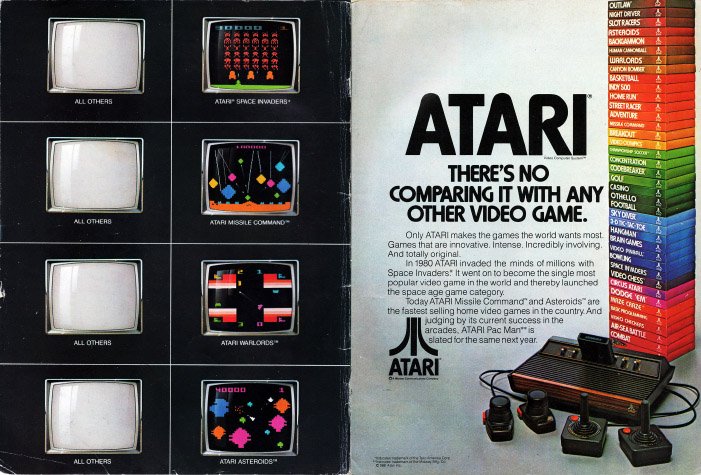
Atari was king of the world and feeling mightily boastful. They nabbed the inside cover ad and touted the cocky attitude that was going to be their downfall eventually. Their mention of Pac-Man at the end of the ad copy is especially ominous.
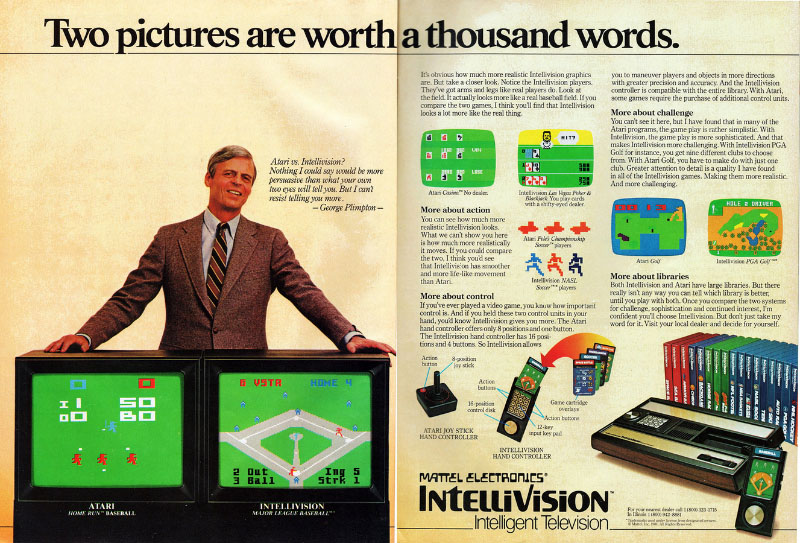
They had competition, though, and Mattel was feeling equally as cocky if not more. When comparing stick figures, the Intellivision's did look more anatomically accurate, but Plimpton's attempt at praising the weird phone-controller falls flat. "While the Atari joystick has only one button, the Intellivision Keypad with Gaudy Baffling Control Disk has more buttons than anyone will know what to do with! Advantage: Mattel! .......We better hurry up and invent He-Man."

This is the earliest game I know of that allowed you to stomp around as a Godzilla-type monster. "Rampage" was three years away.
"For only $29.95 you get 6 stupendous monsters, each with its own monstrous summary card, 4 teeming metropoli displayed in graphic detail on your computer display and mapped in the accompanying 48-page illustrated book, the awesome sounds of monsterly mayhem, and spine-tingling, real-time, edge-of-your-seat excitement!"
Sound pretty great? Wonder why you've never heard of Crush, Crumble and Chomp? Well, that was the ad. The actual game looked like this:
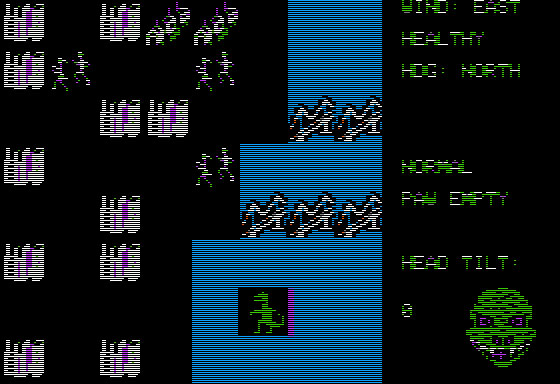
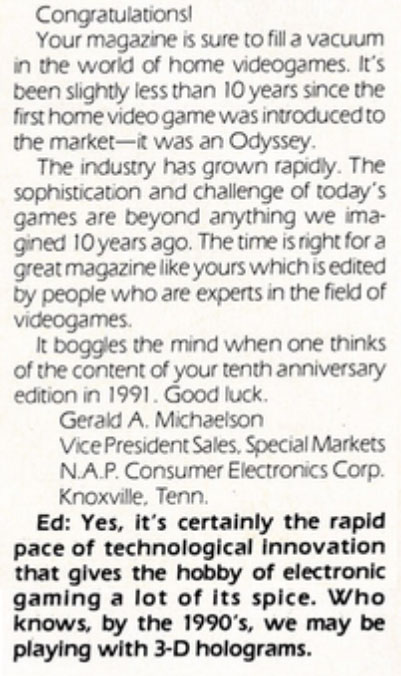
Everything about this magazine was new, so the letters column had to be filled in by volunteers -- in this case, industry bigwigs with some spare time and owed favors. Their predictions were woefully off-the-mark. Electronic Games would cease publication in 1984 and the Grunge Decade would, alas, be barren of hologram games.
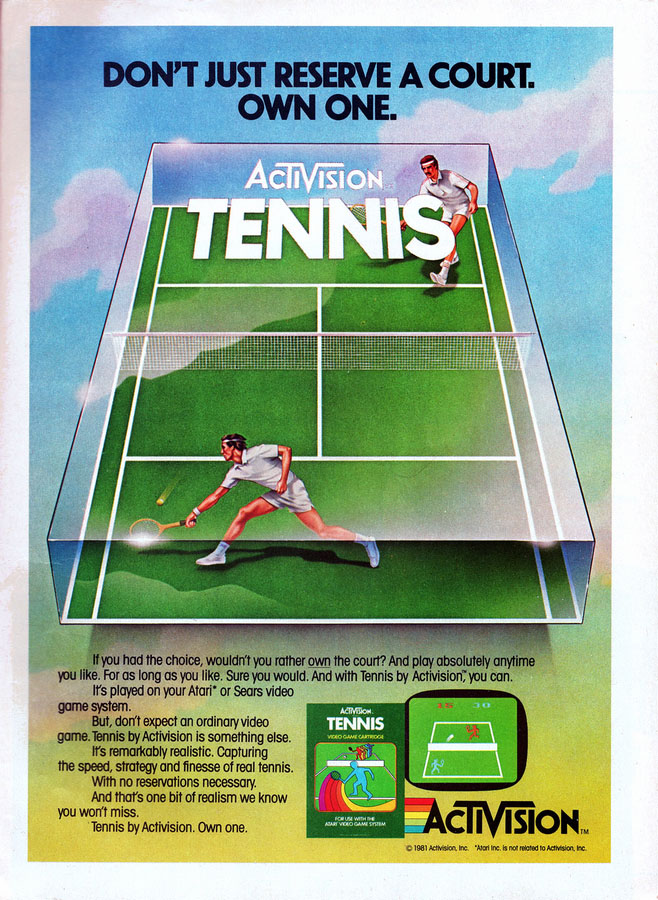
Quit saying "realism" so much!
At least Activision had the walk to back up the talk; the company in its original form was made up of ex-Atari employees who felt their work wasn't appreciated. The bad reputation this company has now aside, Activision was important to video game history as the very first third-party console game creator.
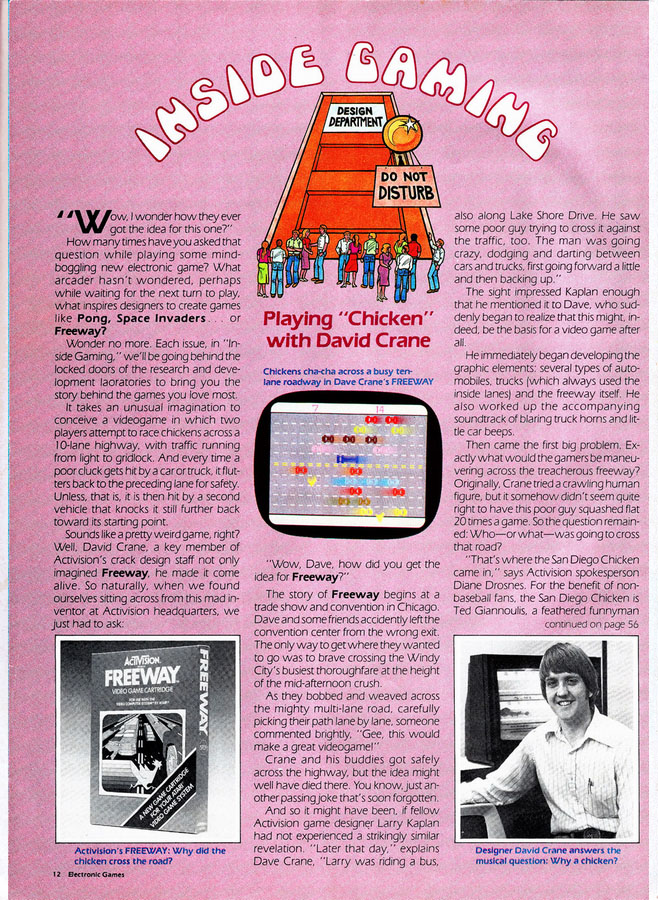
It was thanks to Activision that game creators started gaining recognition and even a bit of stardom, albeit exclusively among geeks. David Crane (Pitfall, A Boy And His Blob for NES) was one of the big ones.
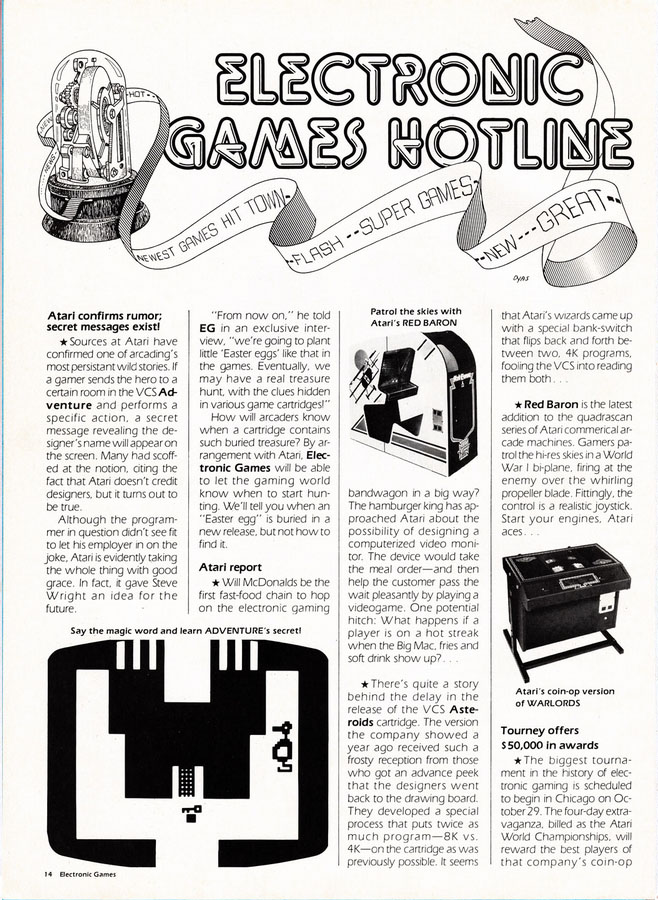
The most interesting two pages in the magazine belong to "Electronic Games Hotline," newsbites from the cutting edge of 1981. Most significantly, there's the first printed mention of Warren Robinett's "Adventure" easter egg, as well as the term "easter egg" itself. There is also the promise that someday we would walk up to a McDonalds counter and tap our order into a big video monitor, then play Asteroids while we wait (or, as it probably would have been, a legal knockoff where you shoot Hamburglars or something). How could this not have happened?

This leads me to believe no one writing for this magazine knew how holography worked. Atari had some troubles understanding it as well.
If you couldn't help but snicker at the paragraph praising Atari's future "track record," you haven't read nuttin' yet. Take a look at their "Holiday Gift Guide For Gamers" and try not to drink anything you would rather not spit out forcefully upon sensitive electronic equipment.
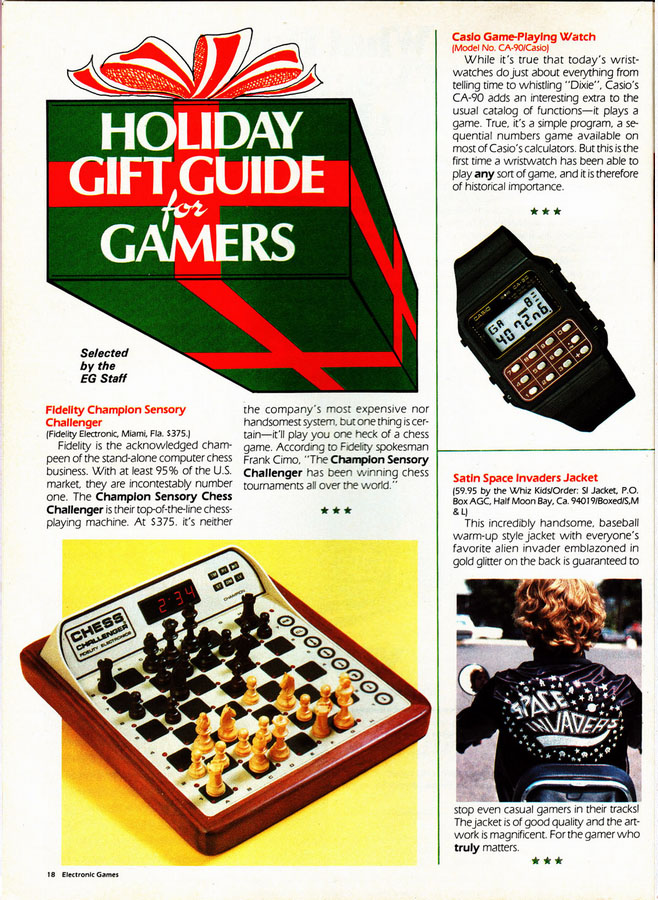
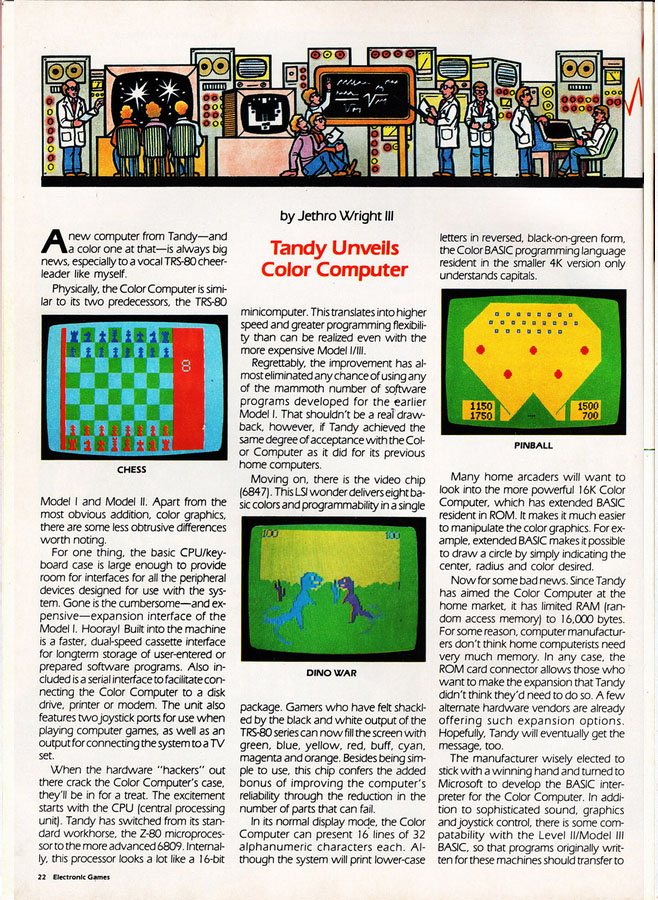
Here's where it gets personal. My very first computer was one of these TRS-80 color versions. It plugged into the living room TV and provided countless hours of no fun.
I was grateful to have anything that resembled a computer at all, but the TRS-80 was just barely so. More for hobbyists than for children, a full-grown adult could have gotten more use out of it, but BASIC was all Greek to my little head. On a simpler level, the machine could also run pre-created games. To play games, you had to buy cartridges, which had been banished to mail-order catalogs by the time I had one of these. I did own the pinball game pictured above, and it was exactly as primitive as it looks to you (I should add every other kid in my neighborhood had an NES), but it did have an Editor option that let you stamp a bumper OVER the ball and earn Infinity Points. Or, if I was REALLY bored, I'd fill in the entire screen with green border material and then draw something with the joystick and the eraser.
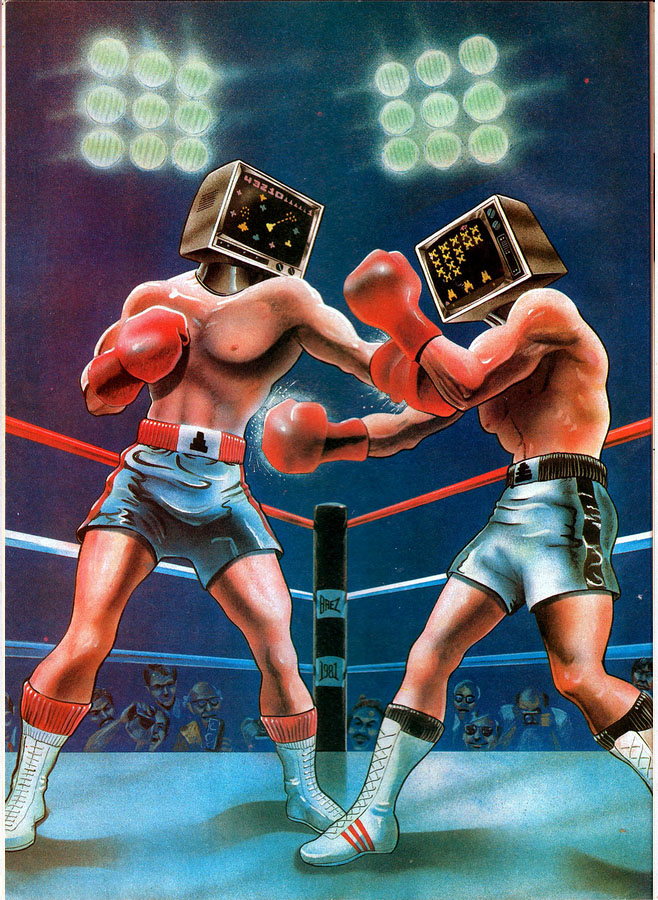
This is the full-page illustration to the issue's marquee article: "Can Asteroids Conquer Space Invaders?" Four pages elaborated on the strengths and weaknesses of each. Apples and oranges, you might say? That's exactly the conclusion they came to, but not before a LOT of debating, as well as devoting the whole cover to this pressing issue.
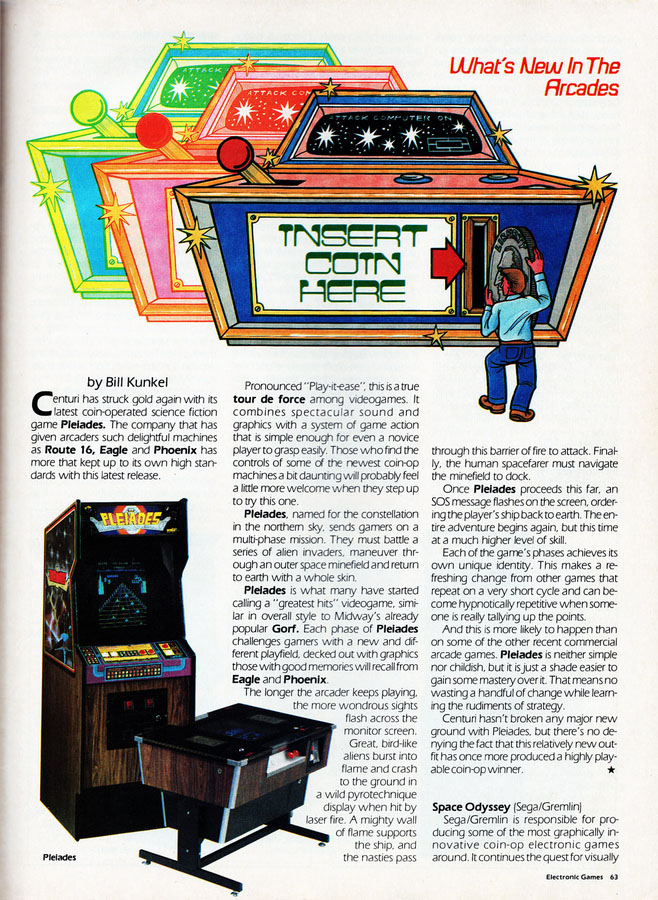
Their reviews section is divided into console/computer, arcade and handheld sections. They only had four picks for new arcade units, all of which failed to catch on. "Pleiades," "Space Odyssey," "Venture" and "Warlords" are completely new to me. Only one wasn't a knockoff of a previously popular title -- that one would be "Venture" which was an attempt to translate the computer dungeon-roamers of the day to the arcade. It failed, of course -- arcade gamers wouldn't take notice of the genre until 1985's "Gauntlet." The other three don't have much to sing about, but the reviewer does note "the advanced color system in Space Odyssey is capable of generating 256 hues!" I guess there was that.
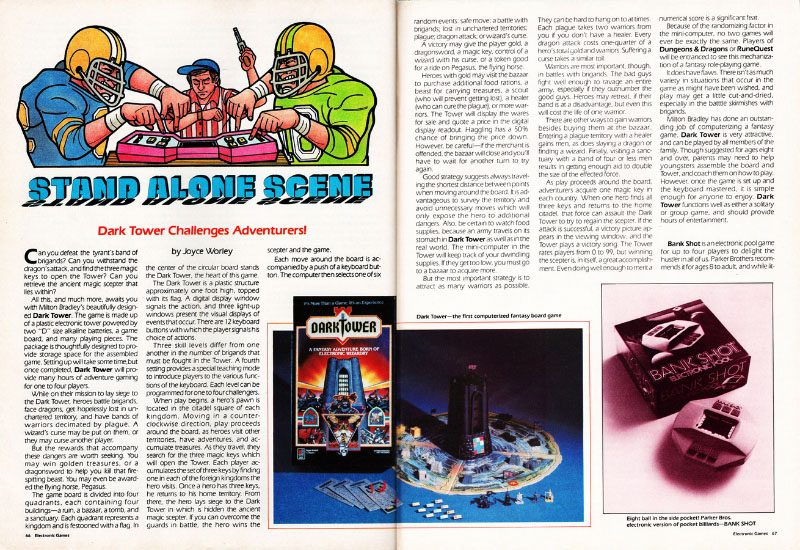
When I said they reviewed handhelds, I meant the late 70's kind: the kind of device that's just barely a game and, to a bewildered audience of modern humans, might as well be a rock. You might be wondering how it's even possible to write up over 1,500 words on this kind of subject. Well, they review "Bank Shot" here, which as longtime readers of the site know, was the subject of one of my favorite ads. It's a perfect example -- and how! They LOVED "Bank Shot," almost as much as the kid in the ad, and couldn't stop gushing about it. Every minor detail about this thing is explained at length, from the gameplay modes to entire paragraphs on the function of each button. To all college students wondering how to pad out an essay, everything you need to know is here.

The ultimate dream! Yet at $2000 a unit (the equivalent of $5,000 now) it seems impossible....until they reveal most arcade owners tend to just throw their less popular machines out, harvest them for parts or retool them into different games. With a little begging and much less cash than two grand, they could be convinced of another option. I'm not sure what the circulation for this first issue was, but this was something everyone needed to hear back then!
Their suggestions for arcade units are pretty weak. Night Driver is a literal sticker of a car set above a repeating video pattern of white pylons. Atari's Football was the very first arcade football game ever, and consisted of Xes and Os representing players. Breakout isn't a bad suggestion, but it wasn't hard to replicate on a 2600.
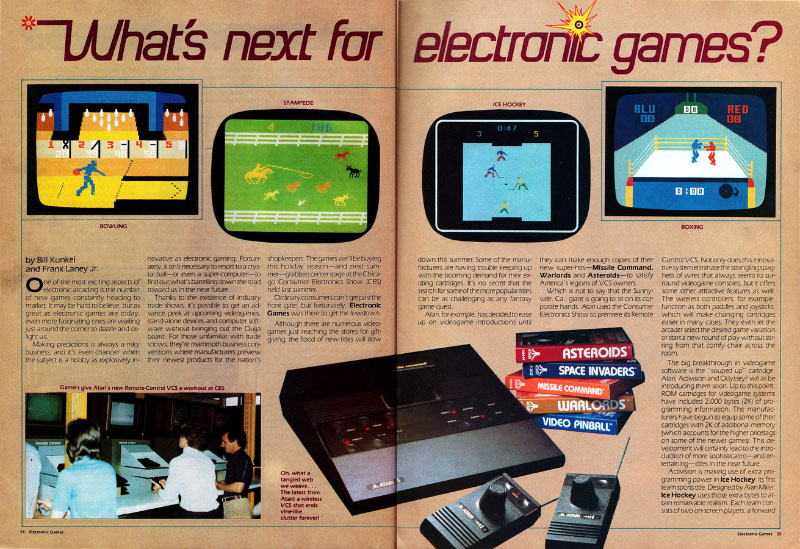
Check out the prototype for an unreleased Atari console (or "programmable") and the equally nonexistent wireless controllers.
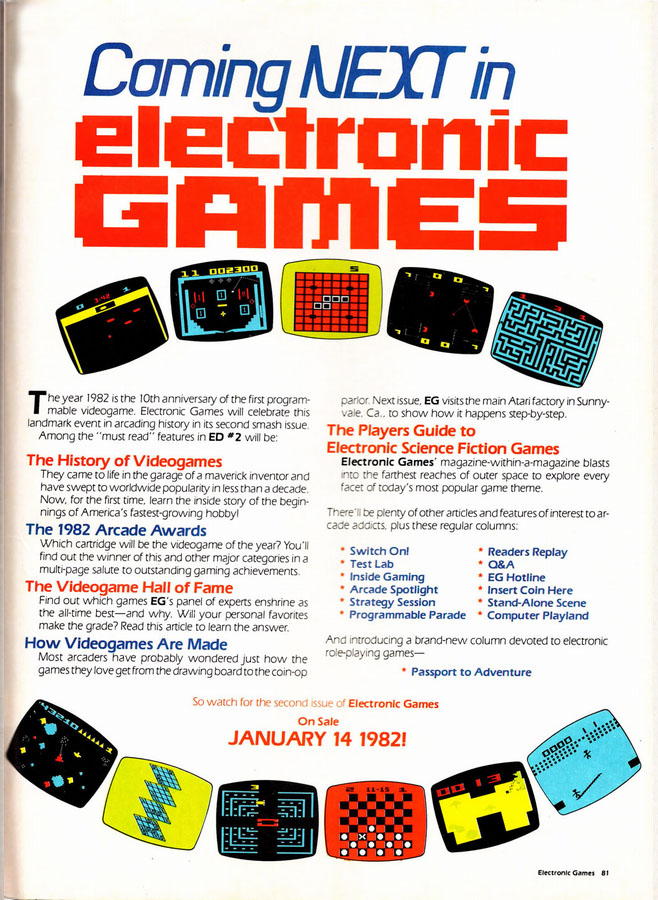
With that our trip has come to a stop. Electronic Games would soon be sharing shelf space with other gaming magazines, but they would all succumb to the video game crash of '83. By the time the NES first hit the market, only one magazine in the entire country was around to review it, and that issue is now extremely rare. Sadly, EG would never live to see those hologram handhelds.
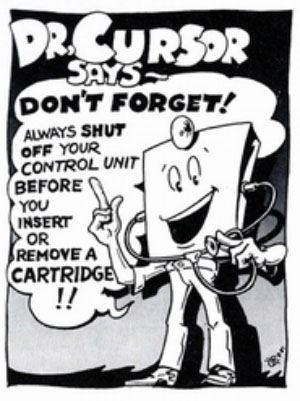
Aw, go cram it, doc, I'll do what I want.